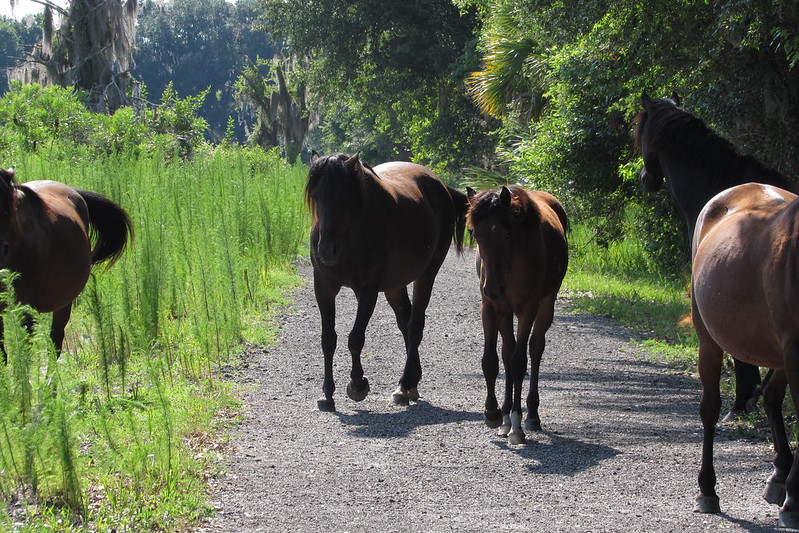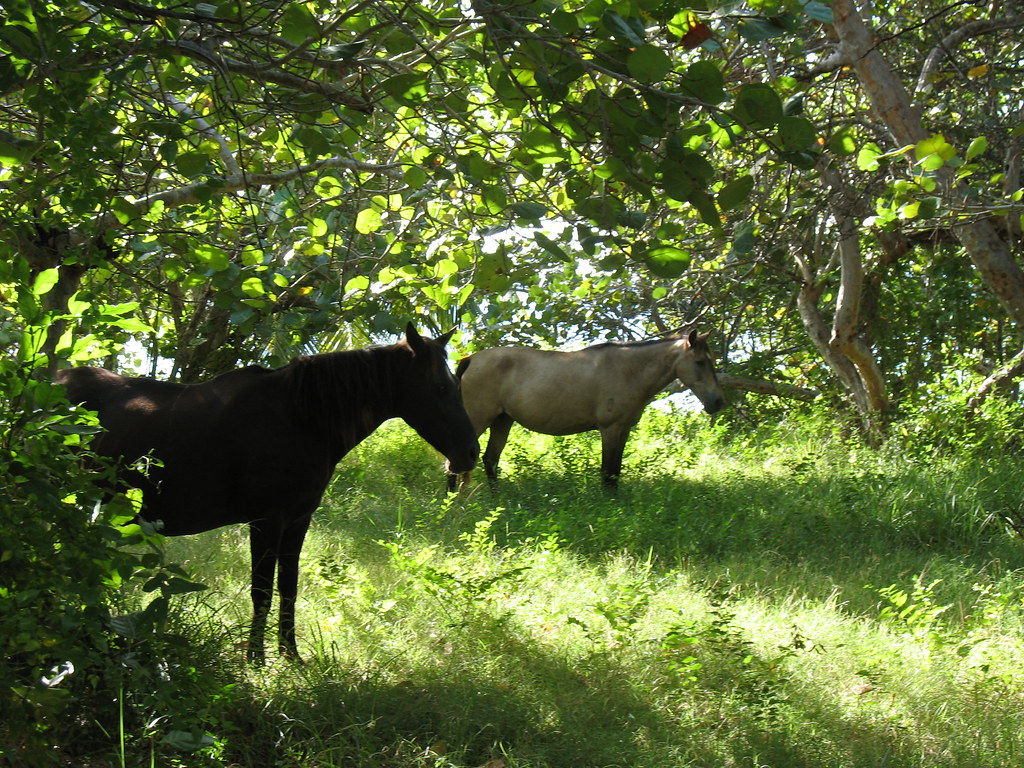World Horse Day: We’re just finding out horses are even smarter than we thought
01 March 2018
After thousands of years of domestication, we’re still learning about the horse’s amazing ability to communicate – with horses, other species and even us humans.
Humans have developed an intricate relationship with horses over the past few thousand years, and many of us now live with horses as our companions as well as work alongside them in our daily lives.
Horses are social animals and when allowed to live socially they develop a clear hierarchy of rank, led by a dominant individual, usually a mare.
Due to their social nature they form strong attachments to each other, developing friendships which last their entire lives.
Amazingly, if a horse is not housed with other horses, their need for companionship will see them develop close relationships with other species, with numerous examples of horses bonding with dogs, sheep, goats and cows.
When interacting with each other, horses have an intricate communication system which we are only just beginning to understand.
They use a range of vocalisations which are understood by other horses, as well as mutual grooming, and the use of body positions to display their intentions.
Horses are known to use the position of another horse’s head and ears to communicate information to each other about the source and direction of food. A horse's ear position appears to therefore be a crucial visual signal that other horses respond to.
And recent behavioural research carried out in 2016 has even demonstrated that horses can communicate their feelings and intentions to us humans. Their ability to do so brings them onto a growing list of species that have demonstrated this capability including primates, dolphins and pigeons.
The tool they have used to do this is to learn to point at a symbol representing something they desire.
In a research study, 23 horses were taught to look at a display board which contained three icons. The icons represented horses wearing or not wearing a blanket. The horses could choose between a “no change” symbol or symbols for “blanket on” or “blanket off.”
It took the horses an average of 10 days to learn to approach and touch the board and to understand the meaning of the symbols, but all 23 horses learned to complete the task.
To understand if the horses understood the meaning of their actions, they were then tested in various weather conditions to see whether they could use the board to tell their trainers about their blanket preferences.
The horses subsequently made their choices based on the weather. If it was wet, cold, and windy, they touched the "blanket on" icon; horses that were already wearing a blanket nosed the “no change” image. But when the weather was sunny, the animals touched the "blanket off" symbol; those that weren’t blanketed pressed the “no change” icon.
These findings have great welfare implications, as it provides us with an opportunity to give choices to horses about their daily life activities.
Today, many of the ways in which horses are used leads to them suffering poor welfare. Humans frequently force horses to perform beyond their physical capabilities within the horse racing industry, and horses are often used and in some cases abused within the entertainment industry as circus performers.
Overwork, isolation and inappropriate environments can all have a negative impact on horses’ lives. But who knows, one day it may be possible for individual horses to be given a choice whether or not they want to work, be ridden, race or just spend time in a field with other horses.
BACK







